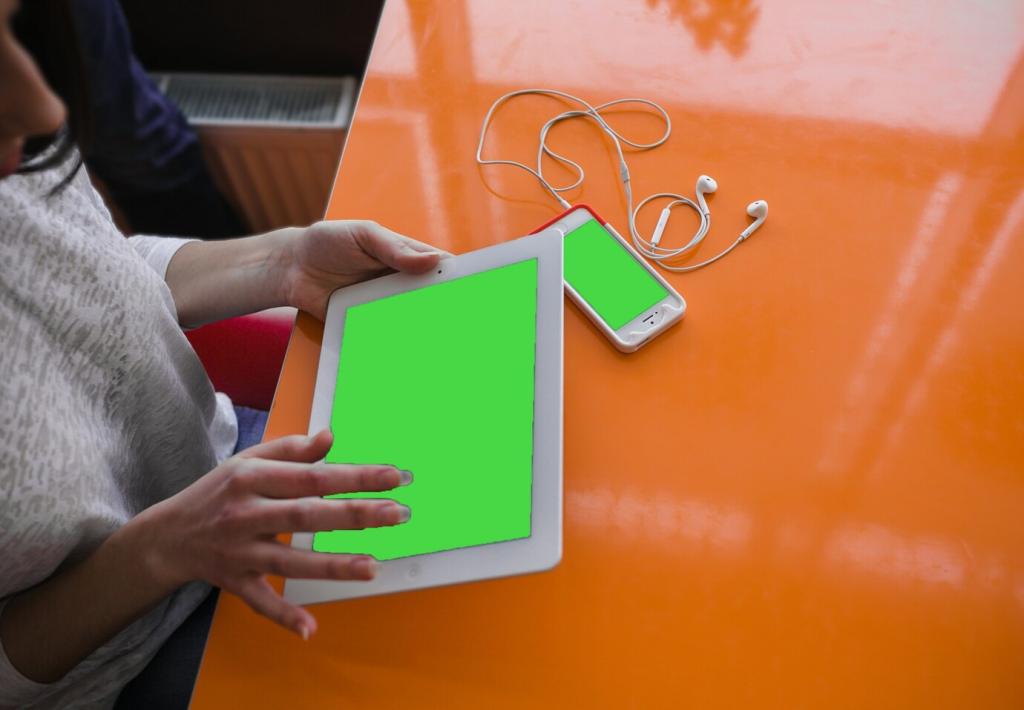Calls to Action That Feel Like Invitations
Soft: “Start a conversation.” Strong: “Schedule your design consult.” Choose based on page intent. Portfolio pages often suit gentle invitations; service pages can carry firmer ones. Align verbs with your personality—calm brands avoid urgency clichés, while bold studios may lean into decisive momentum.
Calls to Action That Feel Like Invitations
Offer a moodboard starter kit, a lighting layers checklist, or a renovation timeline template. Promise one clear outcome and deliver generously. A small studio once exchanged a thoughtful PDF for emails and gained thoughtful clients who appreciated process-minded guidance before the first conversation even began.
Calls to Action That Feel Like Invitations
Clarify what happens next: response time, meeting length, preparation needs. Reassure privacy and expectations. Tiny lines—“No obligation, bring photos if you have them”—convert hesitation into action. When clients feel guided rather than sold, they step forward confidently into your carefully designed intake experience.
Calls to Action That Feel Like Invitations
Lorem ipsum dolor sit amet, consectetur adipiscing elit. Ut elit tellus, luctus nec ullamcorper mattis, pulvinar dapibus leo.




